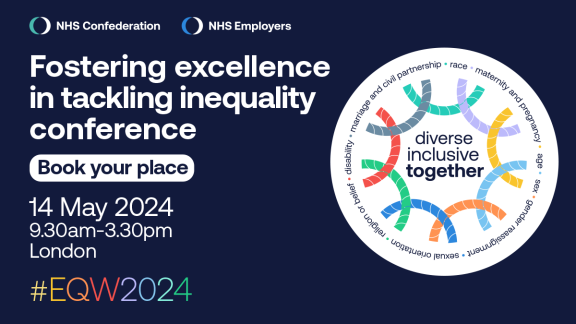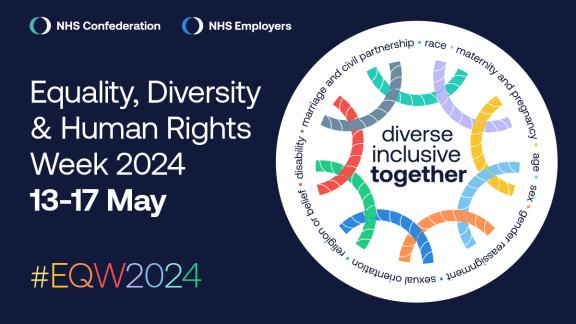Religion, dress codes and chaplaincy

Religious diversity in the workplace can bring substantial benefits to both organisations, staff and patients. Having a diverse workforce that's reflective of the community they serve can also help organisations understand the beliefs of their local community.
Managing religious diversity can be challenging from a human resources perspective. Tolerance and acceptance of religious views is vital, as well as being able to accommodate those who may need extra time off or may have needs that are dictated by their religious preference.
World Religion Day
It’s World Religion Day on 16 January, the aim of day is to promote inter-faith understanding and harmony. World Religion Day provides an opportunity to celebrate and raise awareness of the different faiths represented within the NHS.
It is estimated that 70 per cent of the NHS identifies with a religion. Multifaith staff networks and chaplaincy departments continue to play a key role in providing care and support to staff, patients and their families, especially during the COVID-19 pandemic.
Dress codes
There is always considerable debate around dress codes in the workplace. In June 2018 The Equality and Human Rights Commission issued new guidance clarifying the law on religious dress in the workplace, for example in theatre. In 2020, NHS England updated its uniform and workwear guidance to include key equality and diversity measures to accommodate faith groups.
The implementation of a dress code is still legitimate, if it is justifiable and is applied consistently and is proportionate. Dress codes can also allow some differentiation between rules applying to men and women, as long as they are consistent overall.
Chaplaincy and the NHS staff experience
The NHS has a growing number of chaplains from a multi-faith background whose role is to help steer NHS organisations, often working closely with HR colleagues to help deliver a workplace that is enriched by its diversity.
The following summary of resources has been put together to help NHS chaplains manage religious diversity within the workplace. This varies from general advice and guidance, to include projects being undertaken by NHS Employers involving NHS trusts.



